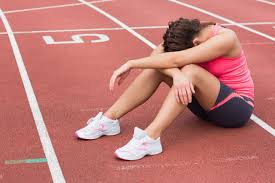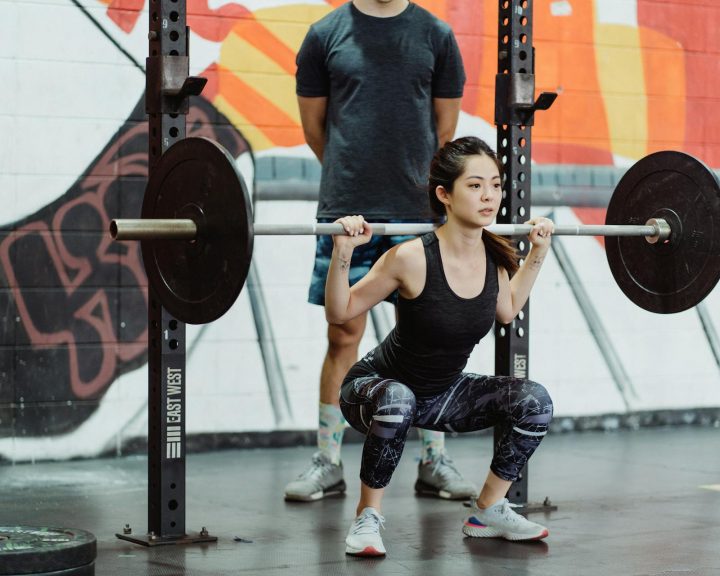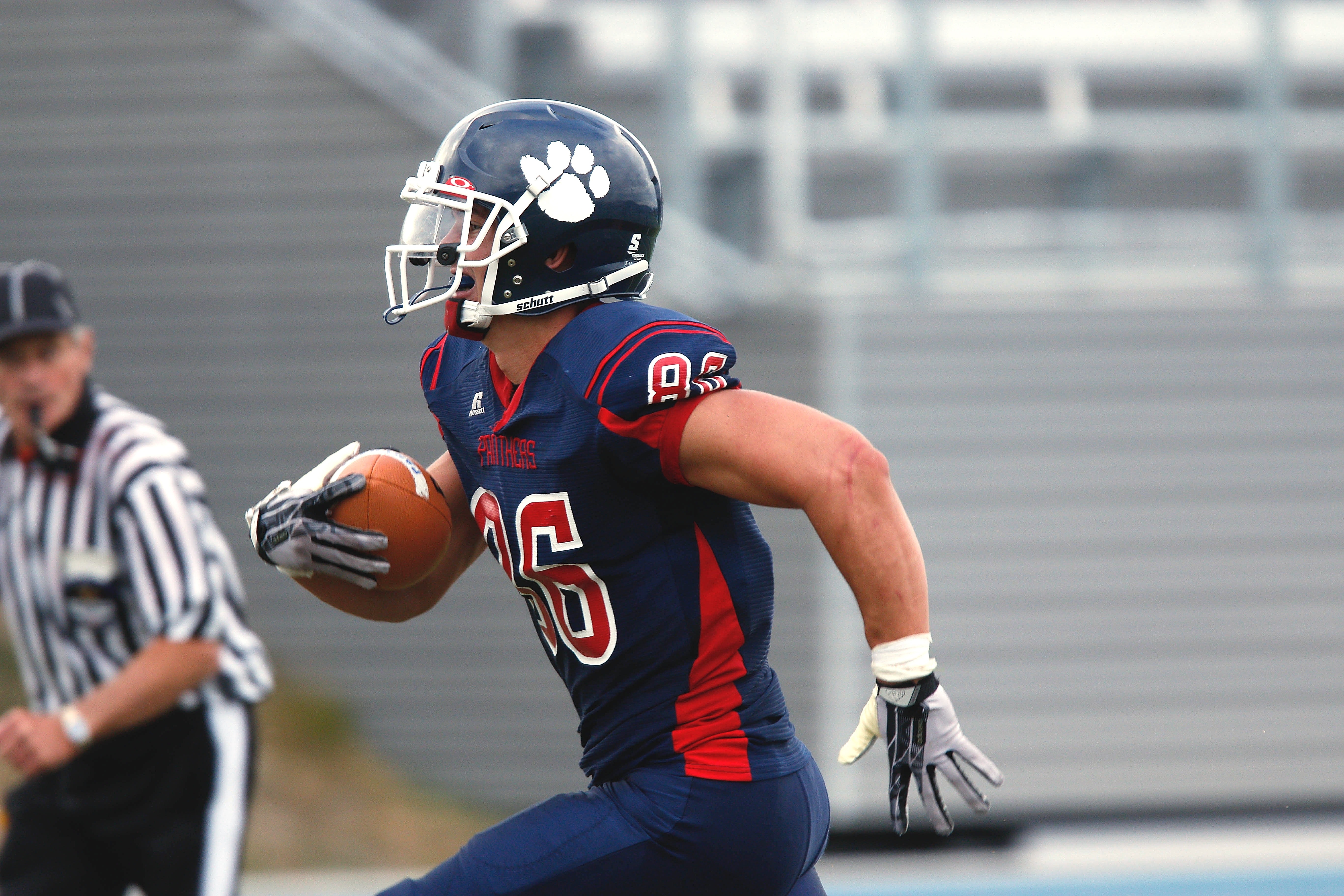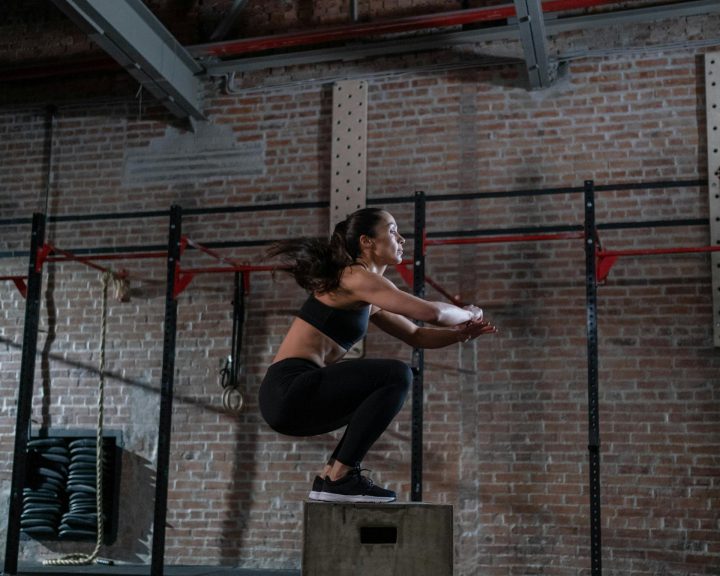Over the years, when I have been teaching or writing about training I’ve emphasized that there are three parts to a session. These are the warm-up (we get the body and nervous system ready for work), the session itself (strength, speed, plyos, sports practice, etc.), and the cool down. The cool down has always been problematic to define, explain, and rationalize. In Sports Medicine, Bas Van Hooren and Jonathan Peake have a really interesting literature review looking at the cool down.
Let’s start with what a cool down is and what it is supposed to do. It’s a period of time after the training session, game, or practice in which we’re trying to gradually bring the athlete back to resting homeostasis. Ideally it helps to prevent injuries and speeds the recovery process.
In this study, the authors are looking at low intensity exercise (i.e. usually some type of low intensity cardio) after a training or exercise session. So, for example, your athlete might have a training session focusing on squats, hip hinges, lunges, and calves followed by 10-15 minutes on the stationary bike. The idea here is that the stationary bike helps the athlete to recover from the lower body session. In theory it would help circulate out metabolic waste products, help with glycogen resynthesis, and enhance blood flow to the muscles of the lower body.
Does it work? In this review, the authors divide their review up into several sections: the impact of the cool down on sports performance, physiological effects of the cool down, and injury prevention (there’s a lot more in this review, these are the areas that I’m focusing on).
Sports Performance:
Sometimes athletes have to compete more than once a day. Sometimes they have to compete on successive days. They certainly train multiple times a day and multiple days a week. It would be good to know if a cool-down process improves performance in these situations. Basically the authors are unable to draw a strong conclusion either way. The cool down seems to have a trivial impact on sports performance with the authors reporting some results either way but no smoking gun.
Physiological Effects:
In theory a cool down could impact a number of areas. These include removing metabolic waste, preventing soreness and muscle damage, helping with glycogen resynthesis and storage.
In terms of metabolic waste (i.e. lactic acid), the authors report mixed reviews. They find some studies that show that low-to moderate-intensity active cool down protocols do remove lactate from the blood and the muscle. However, the authors question whether this is even important as resting blood lactate levels return to normal within 20-120 minutes post-exercise anyway, so it’s unclear if this is even helpful. In addition, the authors did not find any benefit in terms of delayed onset muscle soreness and a cool down (i.e. performing a cool down does not seem to impact soreness).
Despite the theoretical benefit (i.e. enhanced muscle blood flow and an adaptation of resynthesizing glycogen), the authors did not find a positive effect of the cool down on glycogen resynthesis – in fact they found that the cool down may have a negative impact on glycogen resynthesis.
Injury Prevention:
The authors don’t find any evidence that a cool down helps prevent injuries. The only study they found that supports this looked at aerobics instructors.
Regardless of the level that you coach at, there are never enough hours in the day to train athletes, work on their skills, and get them prepared for games. This means that you have to carefully consider every aspect of an athlete’s program and make sure that it is a good use of the athlete’s time. With that in mind, the cool down is not coming across as a good use of the athlete’s time. There was no smoking gun in this literature review about the positive aspect of this on an athlete’s performance. If we’re not reducing injuries or improving performance, why are we doing it? I’m going to argue that the 10-15 minutes at the end of the session would have been better spent on mobility work, joint-specific injury prevention work (like ankle strengthening, shin splint prevention, hamstring work, etc.) or skills.
Van Hooren, B. and Peake, J.M. (2018). Do we need a cool-down after exercise? A narrative review of the psychophysiological effects and the effects on performance, injuries and the long-term adaptive response. Sports Medicine, 48, 1575-1595.




